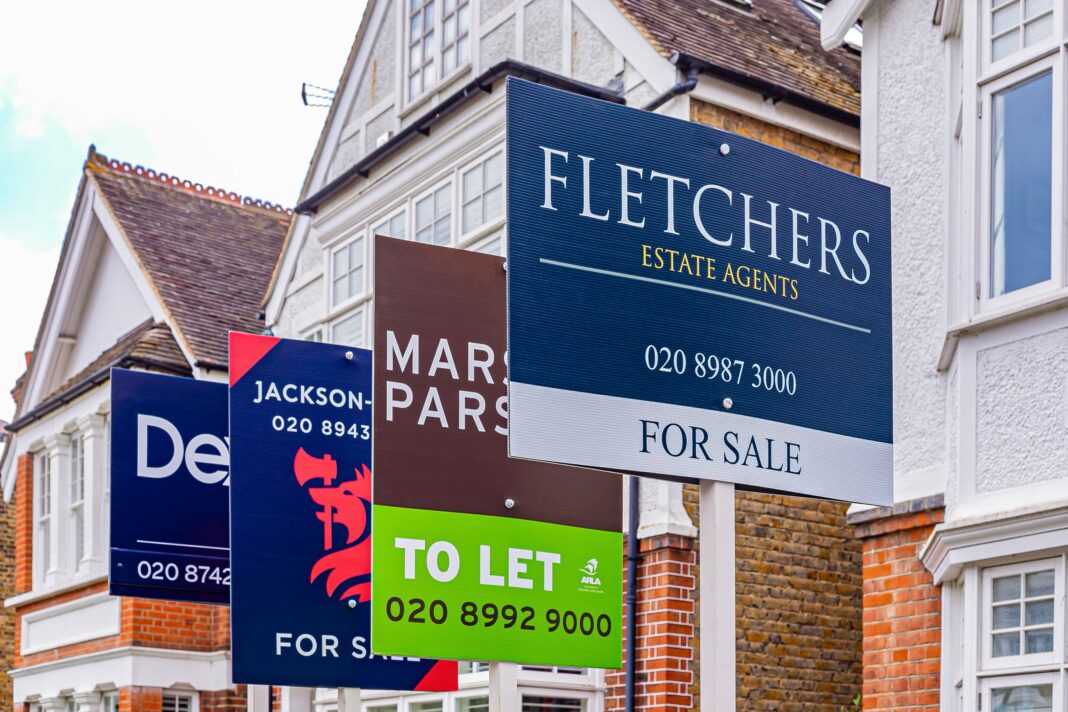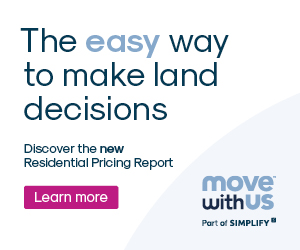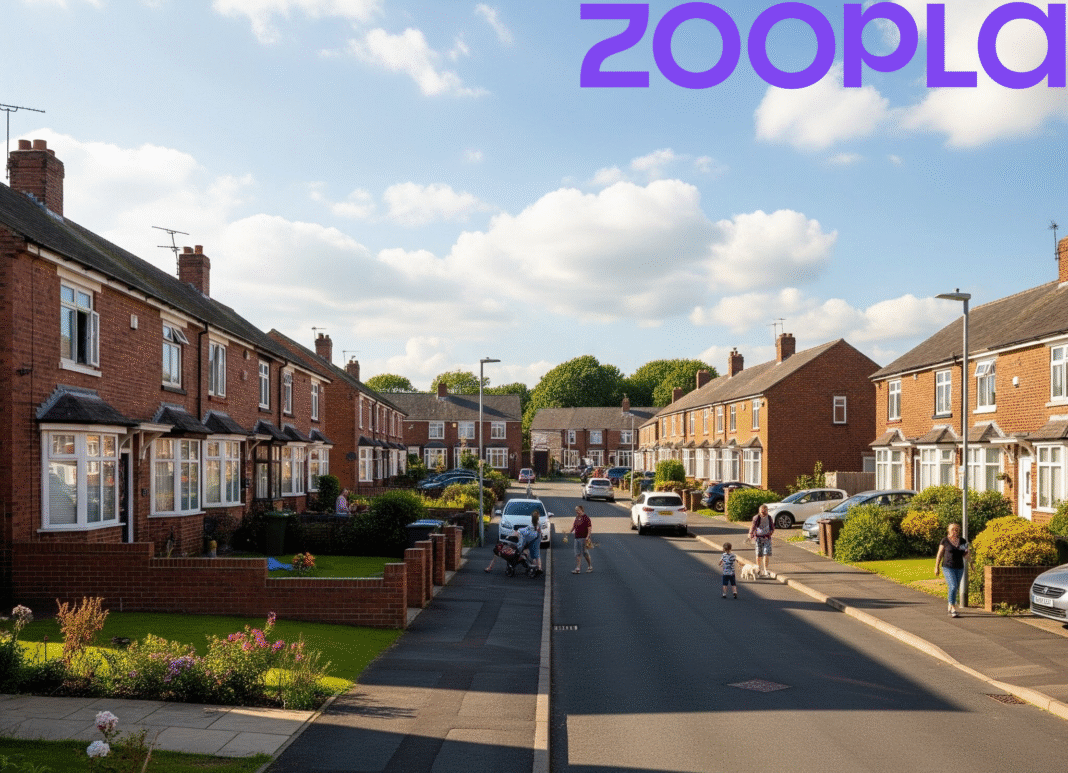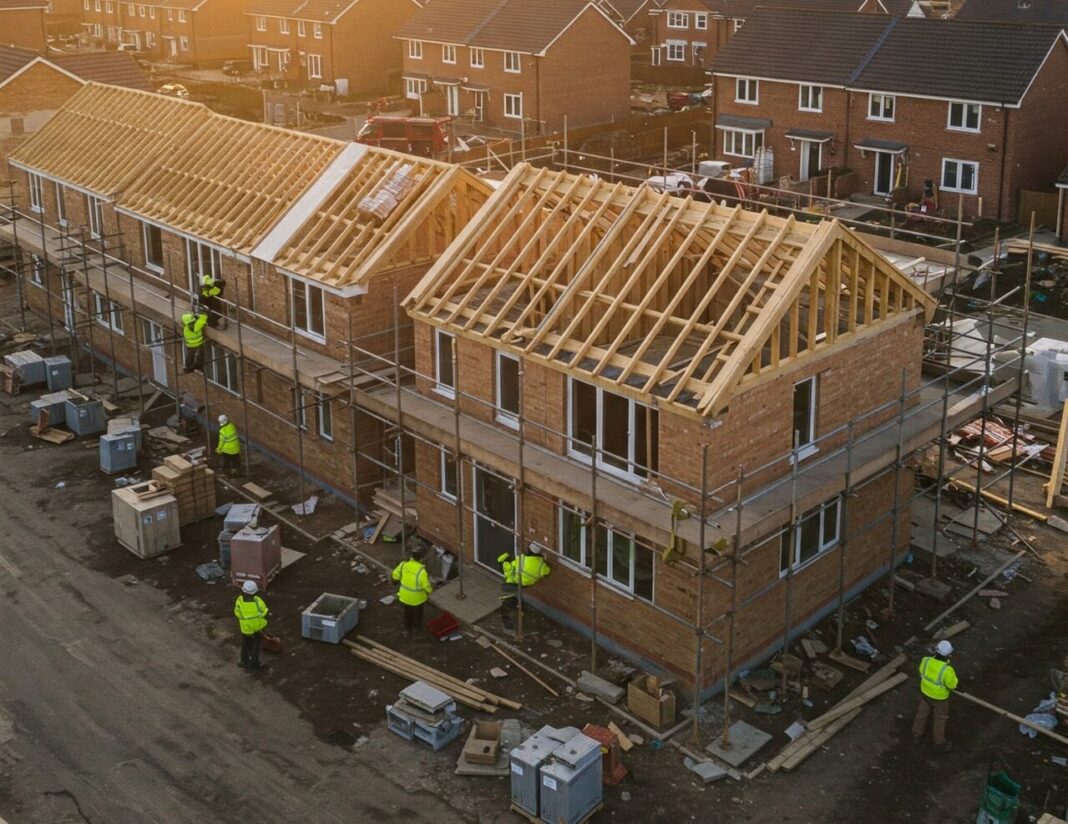Britain’s housing market is showing renewed strength, with supply and demand climbing in tandem despite wider macroeconomic headwinds and changes to stamp duty.
New figures from data firm TwentyEA reveal that nearly 500,000 properties were listed for sale in Q2 2025 and marking the highest level of supply in seven years.
At the same time, buyer demand is up 7% year-on-year, with residential property transactions running 30% ahead of the same period in 2024.
The average asking price rose to £458,000 in Q2 – £24,000 more than in Q1 – underlining the resilience of pricing despite an uncertain economic outlook.
COOLING EFFECT
However, the picture is not uniformly rosy. Recent stamp duty reforms introduced in April appear to have had a short-term cooling effect, with completed sales (exchanges) in Q2 down 8.7% compared to a year ago.

Katy Billany, Executive Director at TwentyEA, says: “Q2 2025 is characterised by strong transactional activity across both sales and lettings.
“But while supply has rebounded and buyer appetite remains steady, affordability and transaction delays are structural issues that risk constraining further growth.”
TIME TO SELL
According to TwentyEA, only 55.5% of properties listed since January 2024 have gone on to sell.
Regional disparities are stark: homes in Scotland had a 77.7% chance of selling in Q2, compared with just 37.1% in London. The North and Midlands outperformed the South overall.
Property type and size continue to influence success rates. Terraced and semi-detached homes sold most frequently, with likelihoods of 61.4% and 60.3% respectively, while flats lagged at 45.2% – a reflection of lingering concerns over leaseholds, cladding and shifting post-pandemic preferences.
Three-bedroom homes had the highest success rate by size, selling 57.8% of the time. Studios were the least successful, with just 38.9% selling.
UNDER PRESSURE RENTALS
Meanwhile, the rental market remains under pressure. While lettings activity is up – ‘Lets Agreed’ are 6.3% higher year-on-year – the number of homes available to rent remains 19% below 2019 levels.
Asking rents have climbed to an average of £1,814 per month, up £47 on the previous quarter. The imbalance is exacerbated by landlord exits and net migration of 431,000 in 2024.
ONLINE GROWTH
In the online estate agency sector, a significant shift is underway. eXp has overtaken Purplebricks to become the UK’s largest online/hybrid brand for new instructions.
eXp’s listings surged 48% year-on-year in Q2, while Purplebricks saw a 25% decline. Overall, online/hybrid agents accounted for just 4.8% of sales exchanges, down from 8.2% in 2019, though the self-employed model now represents nearly half of that share.
In lettings, however, the online sector is growing rapidly, now accounting for 18.3% of all new rental instructions – up 121% on pre-pandemic levels.
OpenRent dominates with a 17.1% share, expanding 189% since 2019, particularly in the sub-£800 pcm market where hybrid agents now command 25% share.
Property Soup revealed earlier this week that TwentyEA will be launching SellScore – an AI-driven tool designed to predict the likelihood of a property sale if listed – at the Kerfuffle conference later today.
In trials, the tool successfully predicted 86% of completed sales among the top 30% of properties it flagged as most likely to transact.











